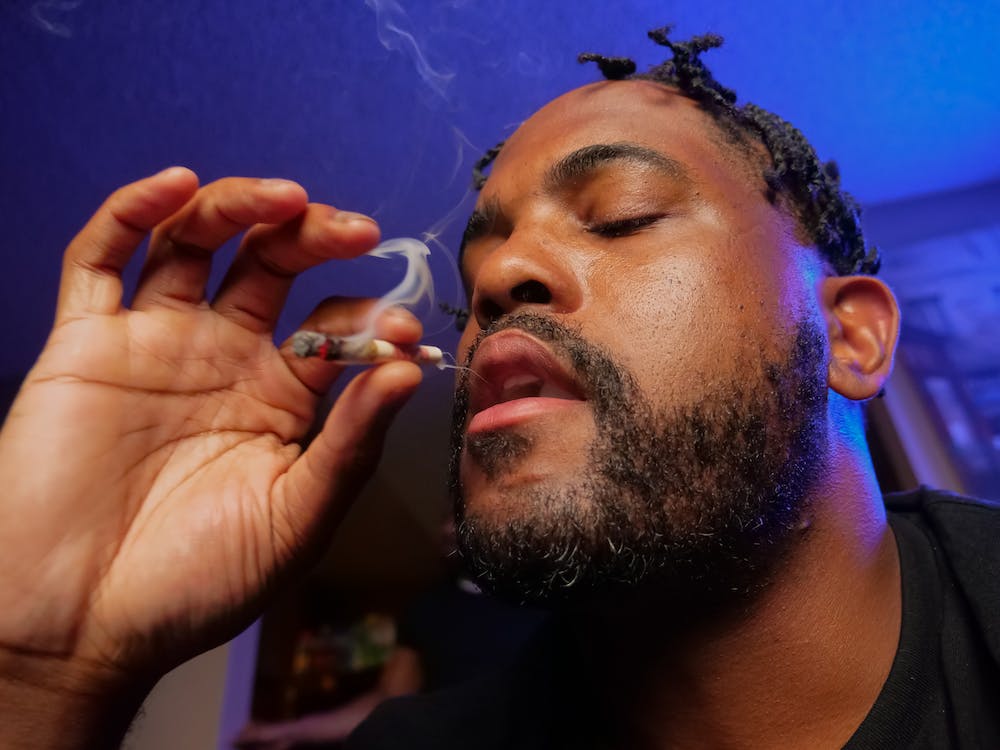You get asked this question frequently as a lawyer who defends clients accused of drug crimes: “Does cannabis legalization increase usage rates among teens?” Given the changing cannabis laws around the world, including South Africa’s historic vote to decriminalize private cannabis use in 2018, it’s a fair issue to ask.
To begin, assuming that legalization automatically leads to more cannabis usage among young people is an oversimplification of a complex problem. The process of legalization is never isolated. Increases or decreases in cannabis use are strongly influenced by the accompanying legal framework, public health campaigns, and cultural norms.
Despite widespread concerns that legalization would lead to greater teen cannabis use, contrary research in the United States has failed to find any such correlation. In fact, after becoming legalized, teen use has dropped in some states. Why? The idea is that tougher controls over who can buy and consume cannabis is an inevitable byproduct of legalization.
However, remember that the numbers may change. This tendency has not yet been observed in all regions, and ongoing monitoring is in its infancy. While overall use may not rise, problems with addiction and abuse still exist and warrant our attention and resources.
You, as a lawyer, can attest to the fact that the criminal justice system often makes matters worse for some groups while helping others. A drug policy that prioritizes health outcomes over criminal penalties may include decriminalization and legalization. However, this strategy can only be fully effective if stringent regulatory measures are put in place to safeguard particularly susceptible demographics, such as our nation’s teenagers.

It is crucial to keep an eye on the effects of cannabis legalization in South Africa. By taking this tack, we can craft policies based on solid evidence that are mindful of people’s rights while also safeguarding the public’s wellbeing.
There is no guarantee that teen cannabis use will increase after its legalization. It’s a complex problem that calls for careful, all-encompassing solutions. The focus should be on developing policies that effectively curb abuse and injury, promote education and prevention, and put therapy ahead of retribution.
In the forefront of many policy debates throughout the world is the topic of whether or not legalizing of cannabis increases usage rates among adolescents. It’s a tricky problem that needs more information on many different things.
Important Factors to Consider in Cannabis Legalization:
Regulation:
In every country where cannabis is legal, effective regulation is critical. Teenagers have fewer options due to the strictness of the rules. Limiting access to minors through methods such as age verification at the point of sale and criminal penalties for sellers who sell to minors.
Education and Awareness:
Regulation and legalization, when combined, can promote cannabis education and awareness through the broadcast of truthful information. More education regarding the advantages and risks of cannabis usage is needed in schools, community groups, and the media. Public health initiatives that prepare parents, teachers, and youth workers to have good dialogues with their children regarding cannabis use can benefit all of them.
Public Health Approach:
Controlling adolescent drug use demands a change in emphasis away from punishment and toward public health. This shift entails recasting drug usage as a health issue rather than a criminal one, and allocating resources to education, harm reduction, and treatment rather than retaliation.
FAQs on Cannabis Legalization and Teen Usage:
Q: Is there a direct relationship between cannabis legalization and increased teen usage? A: Not necessarily. Multiple studies in the United States have found no significant increase in adolescent cannabis use following legalization. Some have even reported a decrease. The key lies in the accompanying regulations and public health initiatives.
Q: How can legalization prevent increased teen usage? A: Through robust regulation, comprehensive education campaigns, and a public health approach, the rate of teen cannabis use can be managed post-legalization. Legalization offers an opportunity to implement controls and introduce informative, health-focused education about cannabis use.
Q: Why is a public health approach preferred over a punitive one? A: A public health approach allows for a more comprehensive response to cannabis use, focusing on prevention, harm reduction, and treatment. It recognizes the societal and individual factors that contribute to drug use and seeks to address these root causes.
Additional Notes:
- It’s important to remember that while legalization may not increase overall teen cannabis use, it does not eliminate the risk of misuse or dependency. Thus, continued research and intervention strategies are necessary.
- Legalization should consider social justice aspects, as stringent drug laws often disproportionately impact certain communities. It should be seen as part of broader reforms to achieve more equitable drug policies.
When applying this approach to the South African context, it is critical to keep these aspects in mind. As the country moves forward in the aftermath of decriminalization, it will be critical to do ongoing research and alter legislation as needed.
Legalization is far from a panacea for the difficulties linked with cannabis use. It is one of several tools that can be used to curb teenage drug use when paired with adequate legislation, public education, and a health-focused strategy.
Teen marijuana use and the legalization debate are inextricably linked
Just because something is legal does not mean that it will be used by more youngsters. Handling this issue successfully will necessitate a multifaceted approach that includes regulation, education, and public health actions. Making adaptable, data-driven policies should be a primary priority. We can address cannabis use using this manner without compromising anyone’s rights while still safeguarding the public’s health.




